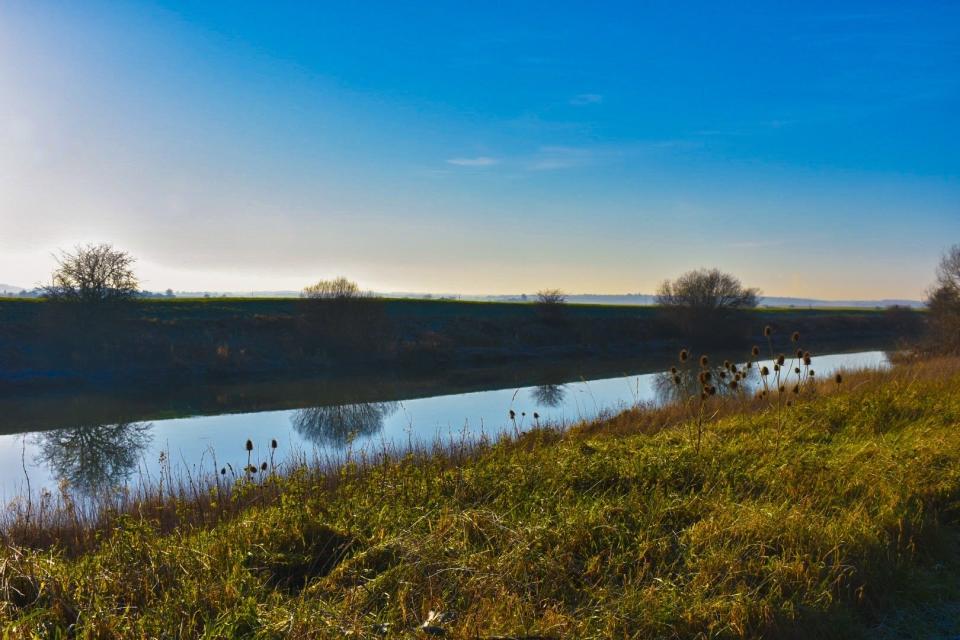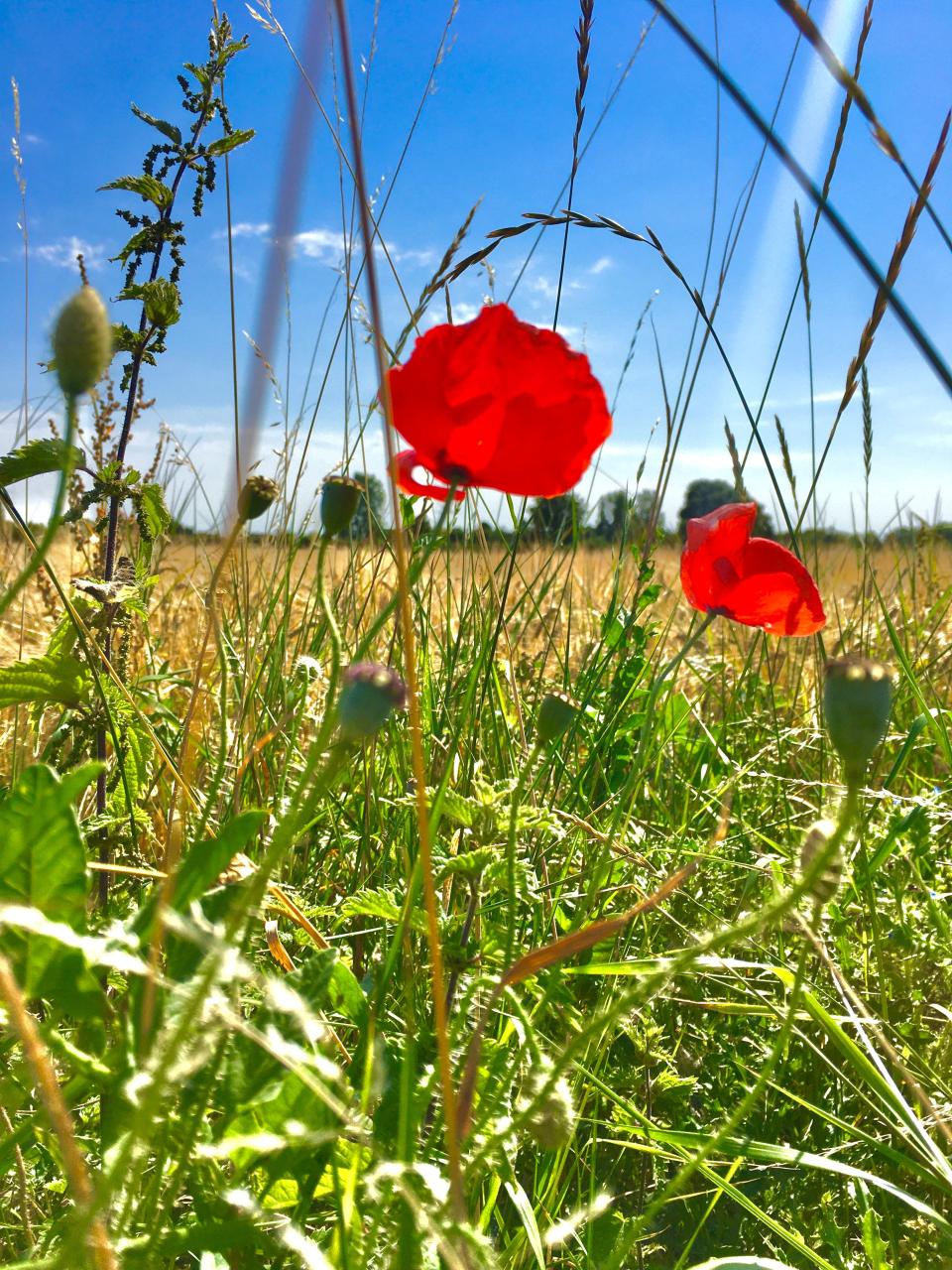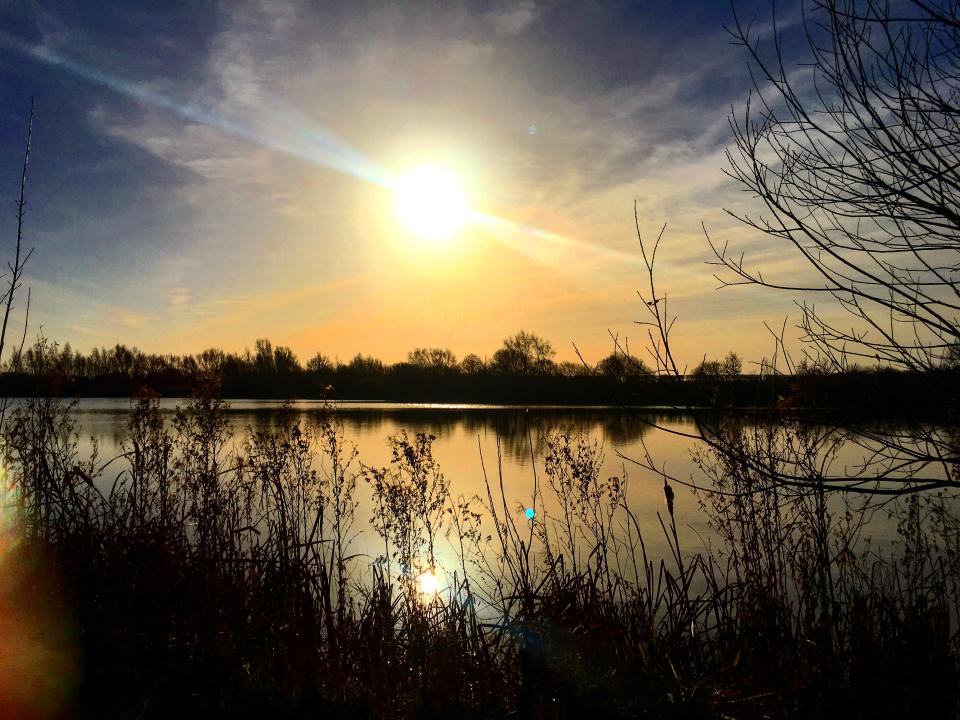Why Lincolnshire is the UK’s answer to Holland

Going Dutch: You’ll find the unique eight-sailed Heckington Windmill near the port town of Boston, which shares a long history with Holland
(Chris Vaughan Photography)No hills in sight, gaping skies, straight strips of tarmac, flurries of flowers, whimsical windmills and picturesque canals; I realised after moving to the Netherlands that the landscape was almost a mirror image of my home county in the UK, Lincolnshire.
I felt a sense of comfort navigating such a familiar setting, the only differences being the guttural Dutch language to contend with and chock-a-block cycle paths.
For Britons looking for a sedate spring staycation, Lincolnshire transports you to the yawning greenery of the Netherlands.
There is a rich history shared between the two locations, which explains the clutch of copycat features. In medieval England, Lincolnshire was the second largest county after Yorkshire, and there was an influx of Dutch workers and seafarers who bobbed across the North Sea and parked up in the town of Boston seeking work. Many never left the port town and today, Dutch-inspired architecture provides a footprint of the past with buildings flaunting red brick gables and clay pantiles.
A more recent piece of architecture with a nod to the Netherlands can be found around 30 minutes from Boston, close to the market town of Spalding. The unique barn conversion, which featured on Channel 4’s Grand Designs and caused controversy for its quirky modern design, was modelled after a Dutch farmhouse. Homeowner Amye Marshall says of the design: “The house was inspired by Lincolnshire’s connection with the Netherlands. Many houses in our area have Dutch characteristics, so we wanted ours to fit in with this theme.”
The Marshalls’ home sits in the Lincolnshire district of South Holland, which has a tulip interwoven into its council logo. This reflects its standing as one of the UK’s biggest bulb growing regions.

Again, this is thanks to the Dutch. The first bulbs were imported by Spalding residents Samuel Culpin and his son Frederick in the early 20th century. They brought over 100 bulbs in six varieties and grew the first plot of flowers commercially in 1907. This small patch of land blossomed into thousands of acres as the bulb industry took off, with daffodils and other pretty specimens added to the mix. Today, Taylors Bulbs in Holbeach and Lingarden Bulbs Ltd in Spalding are two of the county’s biggest growers, with millions of flowers exported around the world each year.
One of the best ways to see Lincolnshire in all of its glory, especially during the spring when the flowering fields form a kaleidoscope of colour, is by bike. There are myriad cycling paths spread throughout the county. They are all pretty flat, so you don’t need thighs of steel to wheel around. One of my go-to cycle routes is the Water Rail Way, which runs alongside the River Witham from the majestic cathedral city of Lincoln to Boston. You can choose to do part of the off-road trail or the entire 33-mile stretch. Along the way, you’re treated to sweeping views of the rolling farmland with mirror-like reflections dancing on the Witham. If you’re a keen birder, the waterway is home to dozens of species, from snipes to swans.

Don’t miss the quirky art installations on the verdant verges as you pedal along. Among my favourites are two chunky sculptures of the now-extinct Lincolnshire curly coat pig by local wood carver Nigel Sardeson; or there are the two 15ft high sheaves of barley fashioned out of steel which form an elegant archway. The artwork was inspired by the lyrics of The Lady of Shalott by Lincolnshire poet Alfred, Lord Tennyson when “bold Sir Lancelot… rode between the barley sheaves”. You’ll spot another Dutch feature as you look out over the low-lying Fenlands; a patchwork of ditches and dykes.
These minor watercourses were crafted during the 17th century by Dutch architect Sir Cornelius Vermuyden in a bid to stop the land from flooding and this system still proves an effective method – for the most part. (I write this as half of my parents’ garden is partly-submerged due to excess rain and rising water levels.) As you wind your way towards Boston, make a detour to the pint-sized Edwardian town of Woodhall Spa. Here you’ll discover a characterful high street with tea shops aplenty and the UK’s smallest shoe shop (no clogs stocked). Just behind the main strip, you’ll find the Kinema In The Woods, which dates back to 1922 and is one of the only cinemas in Britain to employ back projection. During intervals, an energetic organist even rises from the stage to play a ditty.

When you make it to Boston, pop to the Maud Foster Windmill that still fashions flour the traditional way. A climb to the seventh floor affords great views of the town.
Like the Netherlands, Lincolnshire is home to a fine collection of windmills. The Moulton Windmill, between Holbeach and Boston, is famed for being UK’s tallest tower mill at 100ft; while Heckington Windmill is the world’s only eight-sailed mill, and you’ll find a brewery tucked away in the engine shed. A Dutch friend tells me the best way to celebrate a long bike ride or day outdoors in the Netherlands is with a good slice of apple pie, followed by a cold beer. However, in Lincolnshire, a slice of pork pie and a pint of ale in a traditional village pub is an apt way of wrapping up your journey.
Read More
Australia-New Zealand travel bubble brings relief
Forget far-flung holidays – this summer, all I want to do is go home to Mum
Welcome to my home town: How growing up in the Hundred Acre Wood prepared me for lockdown

 Yahoo Finance
Yahoo Finance 